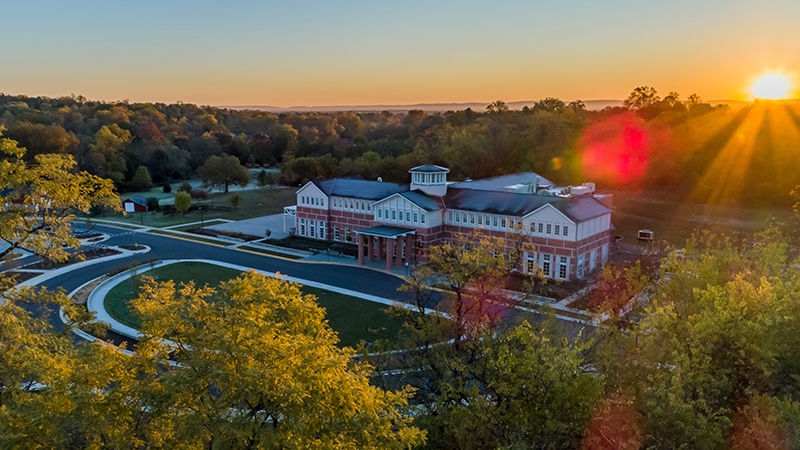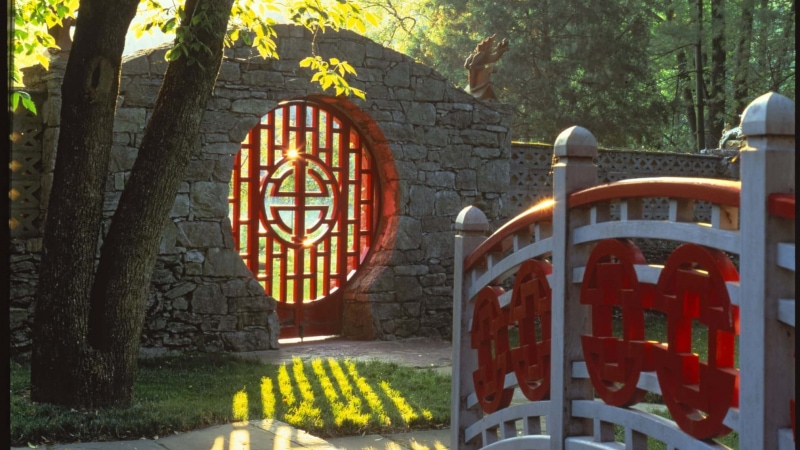R. Lee Taylor (1924–2000)
Born on a Tennessee farm, R. Lee Taylor served in the U.S. Army during World War II. He moved to New York City after that, and there in 1947, he met Julian Wood Glass Jr. This began a 20-year relationship between the two gay men. In 1955, when Julian Wood Glass Jr. acquired his ancestral home, Glen Burnie, Lee aided in its extensive renovation. He also helped research the fine and decorative arts that Julian was collecting. By 1960, Lee had moved into the Glen Burnie House on a full-time basis to manage the site and create its surrounding gardens.
The relationship between Lee and Julian dissolved in the 1970s. However, Lee continued to live in the Glen Burnie House and serve as site manager. Julian divided his time between his homes in Oklahoma, New York, and Glen Burnie, in which he enjoyed entertaining family and friends. During those times, the relationship between the two men was strained, but their mutual regard for the house and gardens allowed the arrangement to work. Just before Julian’s death in 1992, the two men reconciled. The site opened as a museum five years later, with Lee Taylor then serving as curator of gardens and continuing to live in the upstairs section of the house.
Beginning in the late 1970s, during the winter months Lee Taylor began creating a collection of miniature houses and rooms that were furnished in exact detail. Eventually he had 14 houses and rooms, furnished with some 4,000 exquisite objects that represented more than 70 of the leading miniaturists of the day. R. Lee Taylor died in 2000, and his will bequeathed this miniatures collection to the Museum of the Shenandoah Valley. Today it is on permanent display in the R. Lee Taylor Miniatures Gallery. Many believe that Lee’s miniature of the Glen Burnie House—on view in the Visitor Center in the Museum gardens—is the masterpiece of his collection.
Lee Taylor’s ashes are interred in a wall of the Glen Burnie Family Cemetery.

